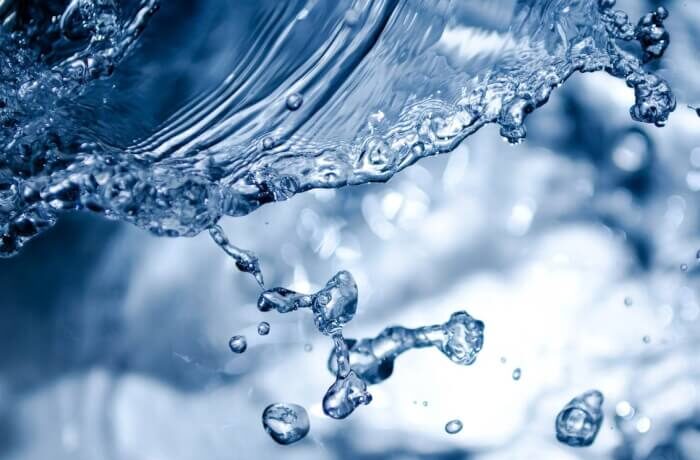By: Jim Pullman
About the Author:
Jim Pulman has extensive knowledge and experience in Home Building, Construction, and Design. He writes articles in his free time and partners with content creators to share his expertise with the online community.
High pressure cleaning is not as simple as you might think. That’s why lots of people call in professionals if it’s pressure cleaning Gold Coast that they’re after. But if you do decide to do your own pressure cleaning, then you want to go about it the right way. Follow these seven tops to operate a pressure cleaner like you’ve been doing it your whole life.
Use a Gas-Powered Cleaner for Maximum Power
There are two types of power washers: gas and electric. Both can get the job done, but gas-powers washers produce more pressure. This means they tend to work faster than their weaker electric counterparts.
Using a gas washer is especially important for reaching the second story of a house or cleaning concrete. If you’re doing a small-scale job, like a small deck, then an electric cleaner might be all you need.
Pick the Right Size Cleaner For The Job
The size of the engine also affects the power of the washer. If you use a light duty washer, then you might have to be a bit more patient. Medium duty and heavy duty washers are more powerful, and therefore more efficient. The heaviest duty machines can produce upwards of 3,300 PMI of pressure, which is enough to remove some serious dirt.
Choose The Right Nozzle
The nozzle that you attach to the end of the sprayer is the last element that affects the power of the cleaner’s stream. It’s the nozzle that determines the device’s spray angle. The narrower the spray angle, the more powerful the stream. You’ll want to base your choice of nozzle on the job at hand.
Nozzles are color coded to make their application simpler. The red nozzles create the sharpest spray angle, which results in a super powerful stream that can even be dangerous. For the most part, you’re better off steering clear of red nozzles. Yellow nozzles are a bit less intense, but still quite powerful. Green nozzles create a twenty-five degree spray angle, and are often a good all-around choice. White nozzles are a bit gentler, perfect for windows. Black nozzles create a stream so impotent that they’re practically useless.
Prioritize Safety
A pressure cleaner is much more than a simple hose. It’s a serious piece of equipment, and it’s capable of doing serious damage. Take this into account whenever you’re pressure cleaning. Wear hearing protection to save your ears from the roaring motor, and use goggles to protect your eyes from the rebounding debris among the spray. Hold the sprayer firmly with two hands, and keep any observers (especially children) safely out of harm’s way.
Stick to Approved Chemicals
Sometimes cleaning solutions and chemicals added to the water help get the job done. If you decide to use them, make sure you only add chemicals approved for pressure cleaning. A poor choice of chemical can be bad for the environment as well as the equipment. Power washer’s are powerful machines, and they send water spraying all over the place. If you mix a harmful chemical in with the water, there’s no telling where it might end up.
Respect the Power, Prevent Damage
You’re trying to clean your property, not destroy it. That’s why you need to remember the destructive capabilities of a power cleaner. If you’re careless, you can easily destroy the siding of your house or break a window. Keep the nozzle at least forty-five centimetres from surfaces, and never spray under siding or directly at vents and gutters.
Stick to a Pattern
Once you start washing, it might get tempting to play around and start spraying every which way like a crazy person. Some folks have even taken it upon themselves to draw designs in the dirt. While a little fun and games never kill anybody, you’re better off sticking with a steady back-and-forth pattern to your washing, tackling every square centimetre in a series of columns or rows. That way, you’ll be sure to do a thorough job.
Power cleaning might not be brain surgery, but it’s hardly easy, either. Follow these tips for the best possible results.





